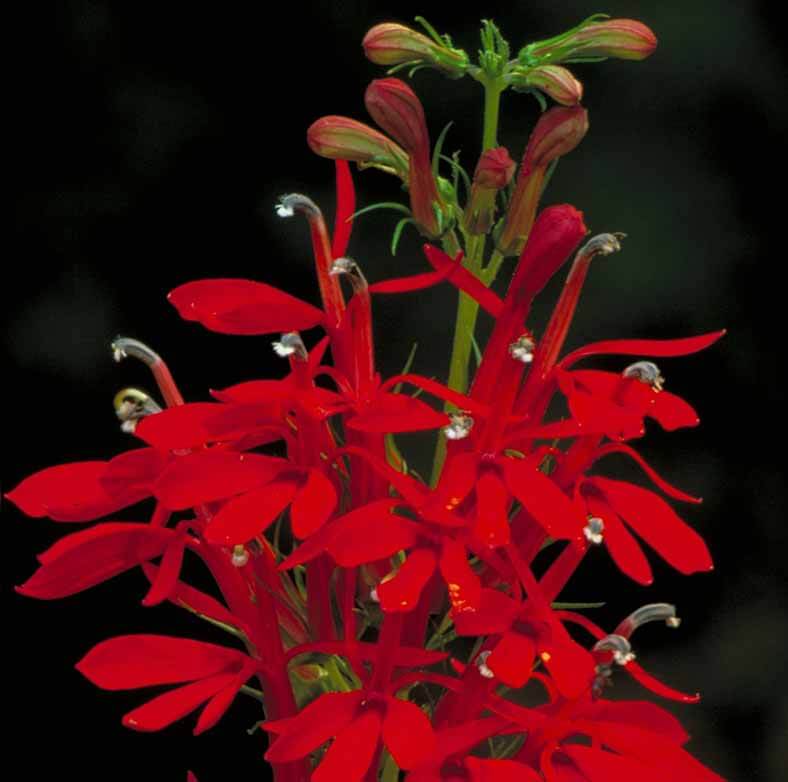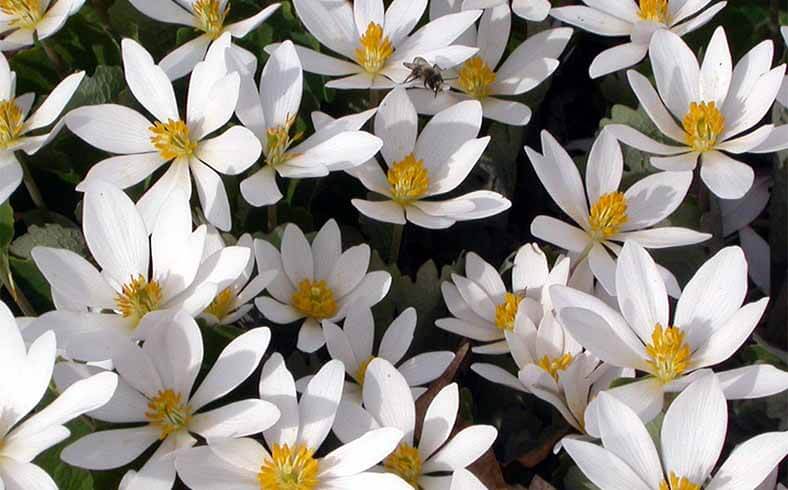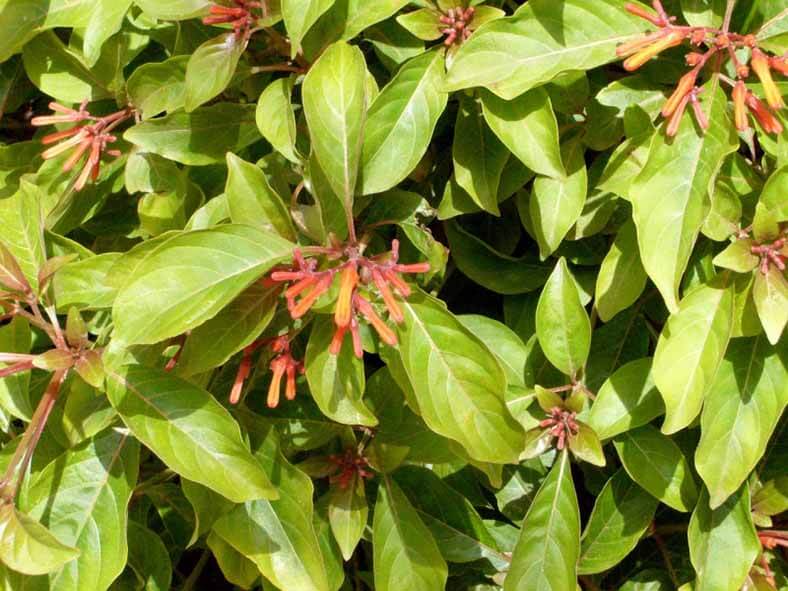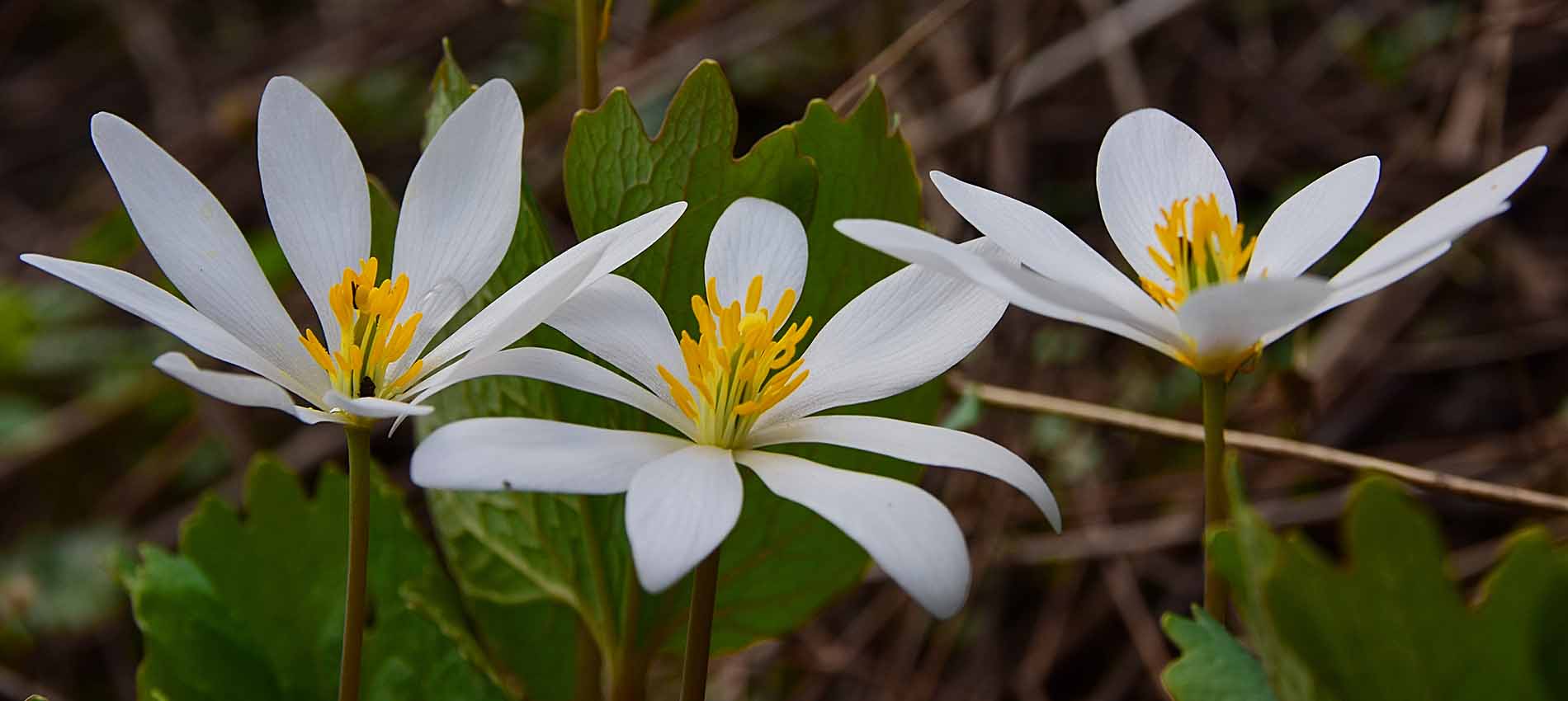This is the first in our weekly series on regional native plants and what you should know going into the growing season. Visit www.lawnstarter.com for more tips on lawn care and local businesses in your area. And join us next Wednesday for a look at the best regional plants in the Southwest!
The Southeastern states along the Atlantic coast of North Carolina, Georgia and Florida may seem like they have similar weather but they actually are in varying degrees of USDA Hardiness Zones for plants. Knowing which zone you are in, and therefore which plants will do best in your area, is a key factor to having a beautiful outdoor space that can withstand the elements.
North Carolina: Cardinal flower

- Scientific name: Lobelia cardinalis
- Sunlight: Full, partial and shade
- Moisture: Moist, average
- Height: 3-6 ft.
- Coloring: Red flowers
Native plants must be able to withstand the possible cold temperatures of up to -10°F in Zones 6a in North Carolina but most of the state is in Zone 7b-8a which can tolerate lows down to 0°F. The Cardinal flower can be seen all throughout the Tar Heel State as it enjoys moist soil content and does well in shade to full sunlight. It can survive in areas with Hardiness Zones 1-10, making it a popular native plant throughout most of the United States. The Cardinal flower can grow up to 6 feet in height and, as the name suggests, is adorned by eight-inch bright red spiked blossoms that are in bloom from May through October.
It is hard to not notice this vibrant plant but be careful not to ingest any part of it as it is toxic. This is a great choice if you already have a hummingbird feeder in your yard as the Cardinal flower relies on hummingbirds to pollinate the blooms. It would make a great addition to any garden as it gives a punch of color and can grow quite tall as it matures.
Georgia: Bloodroot

- Scientific name: Sanguinaria canadensis
- Sunlight: Full – partial
- Moisture: Moist, average
- Height: 6-10 in.
- Width: 4-6 in.
- Coloring: White or pink tinted flowers
- Seasonality: Blooms in spring
While the Northern parts of Georgia are categorized in the 6b-7b hardiness zones, most of the state is in Zone 8a-9a, which allows beautiful plants like the native Bloodroot to flourish in temperatures that won’t fall under 15°F. The plant can get up to 10 inches tall and 6 inches wide at maturity and is in bloom during a few days in the spring. Beautiful white flowers with yellow centers attract bees, wasps, beetles and ants who take the opportunity to pollinate.
Don’t be fooled by a Bloodroot that looks dead after it blooms as the medium green leaves go dormant during the summer time. As the name hints, Bloodroot is well known for the red sap that is found in all parts of the plant and was used by Native Americans as war paint, dye and insect repellent. Bloodroot is found in the wild near woodlands and would do well in a yard placed under a tree or other taller plant that can give it partial shade and protection.
Florida: Firebush

- Scientific name: Hamelia patens
- Sunlight: Full
- Moisture: Moist, average
- Height: 6-12 ft.
- Width: 5-8 ft.
- Colouring: Bright red and orange
- Wildlife: Butterflies and birds
Due to its location, Florida has many different zones that descend south throughout the state. Floridians can experience colder low temperatures in zone 8a all the way through the mild low 40°F temperatures in the Florida Keys 11a zone. The Firebush is a native large shrub that can be seen all throughout Florida and can reach up to 12 feet in height and 8 feet wide at maturity. The smooth broad leaves are adorned by small tubular flowers that are a mix of orange and red hues.
The Firebush attracts butterflies and birds and its small black berries are edible but bitter in taste. It does well in Florida because it thrives in moist soil and full sun. It also is a great barrier plant and would do well to divide an outdoor space or along a fence line.
Choosing native plants for your outdoor space or garden is important in making sure that those plants can withstand the colder winter temperatures. There is a wide range of native plants, depending on which state you live in, that can do well for homeowners that need anything from ground coverage, to pops of color, to large barrier shrubs. Noticing native wild plants in your area, and then choosing them for your own garden, is a great way to make sure your outdoor space looks great year round.
Timothy Johnson is a green living and landscaping expert. He can often be found hiking with his two dogs or in the lavish garden he curates in his backyard.
